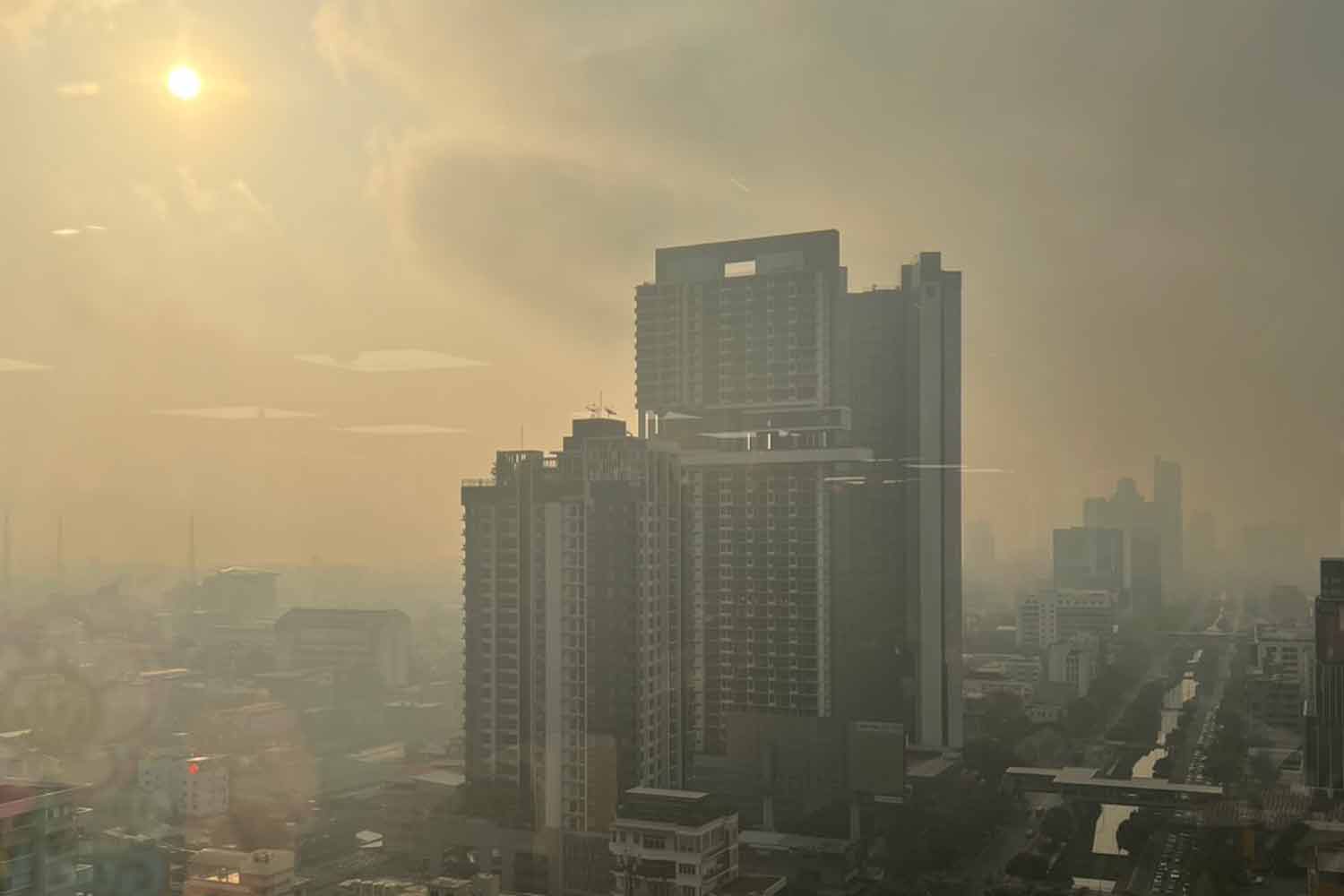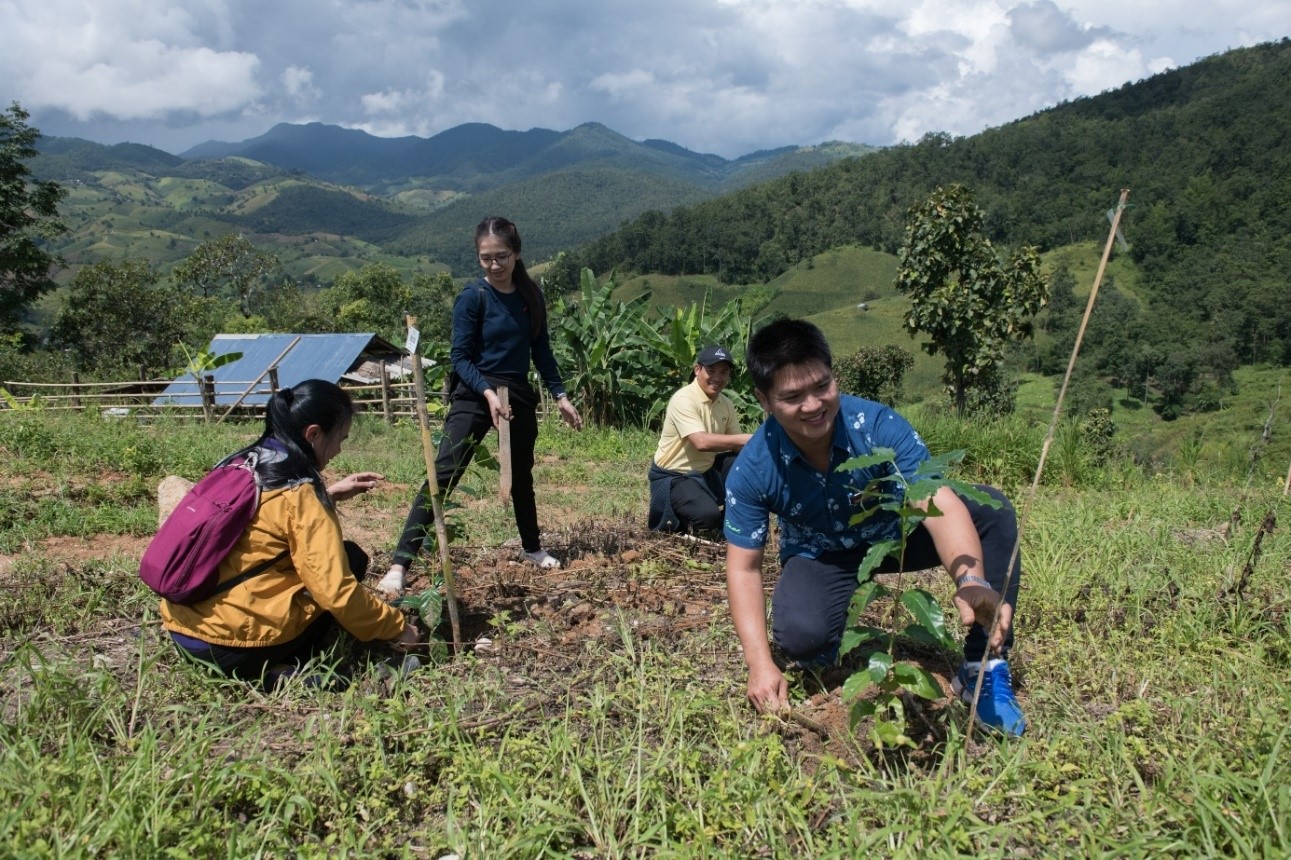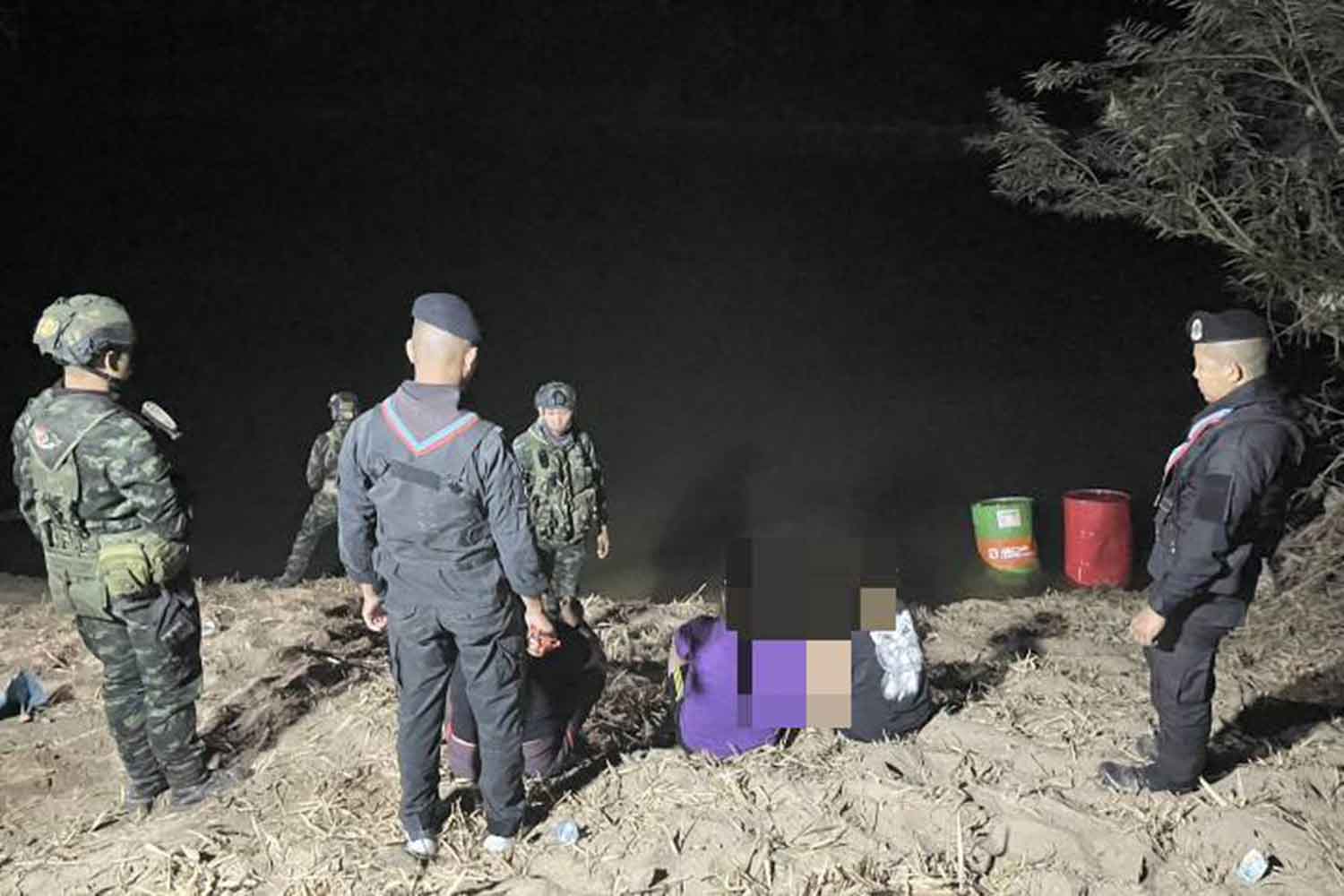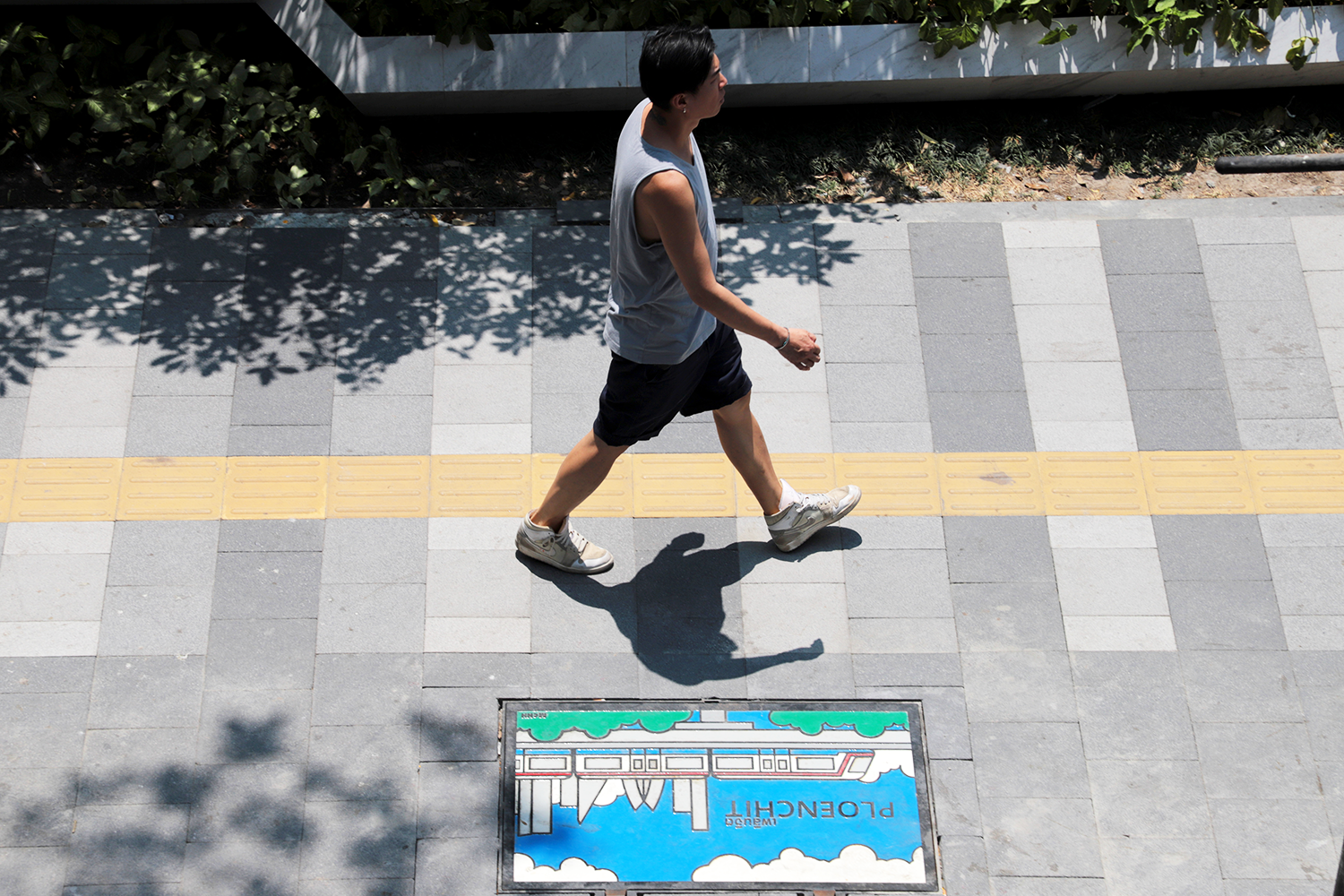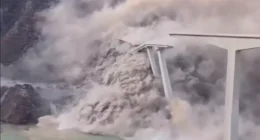Overview of Air Pollution in Thailand
Current Situation of Air Quality
On February 3, 2025, the Geo-Informatics and Space Technology Development Agency (Gistda) reported that 57 out of 77 provinces in Thailand are experiencing hazardous levels of ultrafine dust pollution. This alarming statistic highlights a significant environmental health crisis affecting millions across the nation.
Health Implications of PM2.5 Levels
The report indicates that 13 provinces are facing red-level concentrations of PM2.5, which is particulate matter measuring less than 2.5 micrometres in diameter. This type of pollution is particularly dangerous, as it can penetrate deep into the lungs and even enter the bloodstream, leading to serious health issues such as respiratory and cardiovascular diseases.
Detailed Air Quality Data
Provinces with the Highest Pollution Levels
Nong Bua Lam Phu recorded the most severe PM2.5 level at 99.1 micrograms per cubic metre, nearly three times above the safe threshold of 37.5 µg/m³. Other provinces with significant pollution include:
- Si Sa Ket: 92.1 µg/m³
- Ubon Ratchathani: 88.8 µg/m³
- Kalasin: 86.2 µg/m³
- Surin: 84.4 µg/m³
These figures underscore the urgent need for effective air quality management strategies.
Breakdown of Air Quality Across Provinces
In addition to the hazardous areas, the report reveals that:
- 20 provinces reported safe air quality.
- 16 provinces experienced moderate air quality levels, categorized as yellow, with PM2.5 levels between 27 and 36.5 µg/m³.
- 44 provinces were in the orange category, indicating that air quality is starting to affect health.
Recommendations for Residents
Health Precautions During High Pollution Days
Residents in affected areas are advised to take precautions to mitigate health risks associated with poor air quality. Recommendations include:
- Staying indoors as much as possible.
- Using air purifiers where available.
- Wearing masks when going outside.
Monitoring Air Quality Updates
It is crucial for residents to stay informed about daily air quality updates from reliable sources like Gistda and local health authorities to ensure their safety.
Conclusion: The Need for Action
Addressing Air Pollution Challenges
The current situation calls for immediate action from government authorities and environmental agencies to address the sources of pollution and implement measures to improve air quality across Thailand. Public awareness campaigns and stricter regulations on emissions could play a vital role in safeguarding public health and ensuring cleaner air for all citizens.
This unprecedented level of air pollution serves as a stark reminder of the ongoing environmental challenges facing Thailand, necessitating collective efforts from both government and community stakeholders to foster a healthier environment moving forward.
